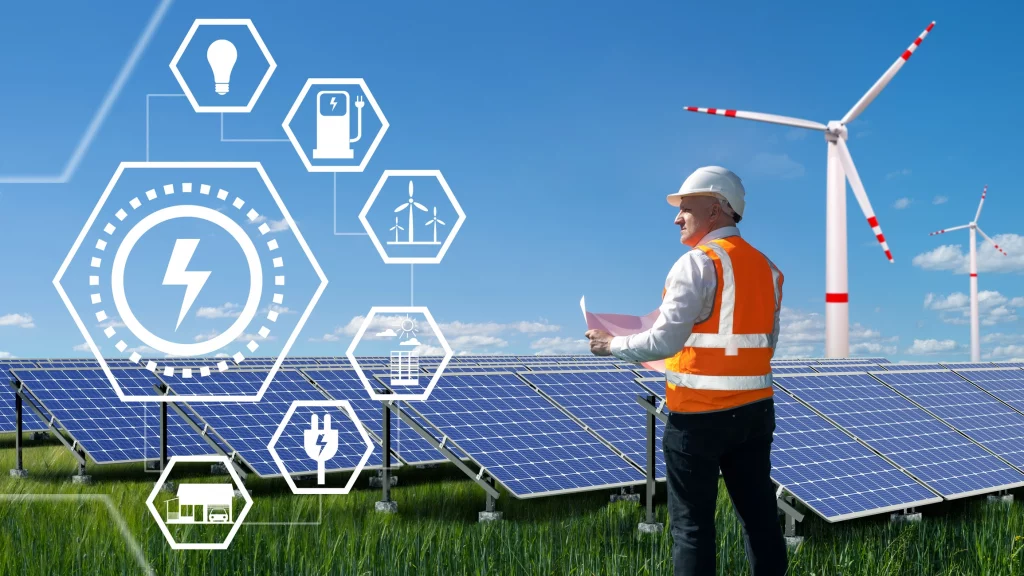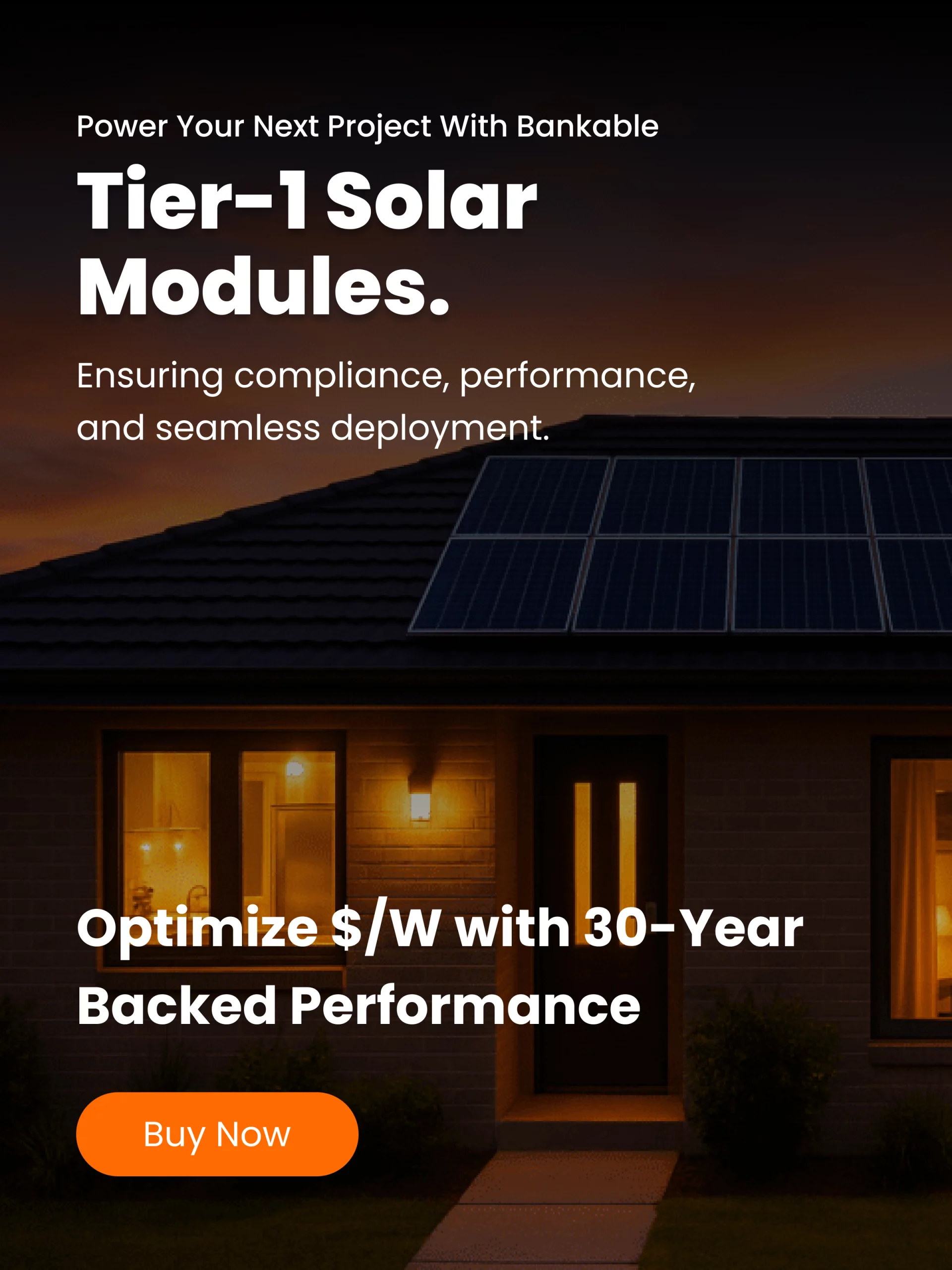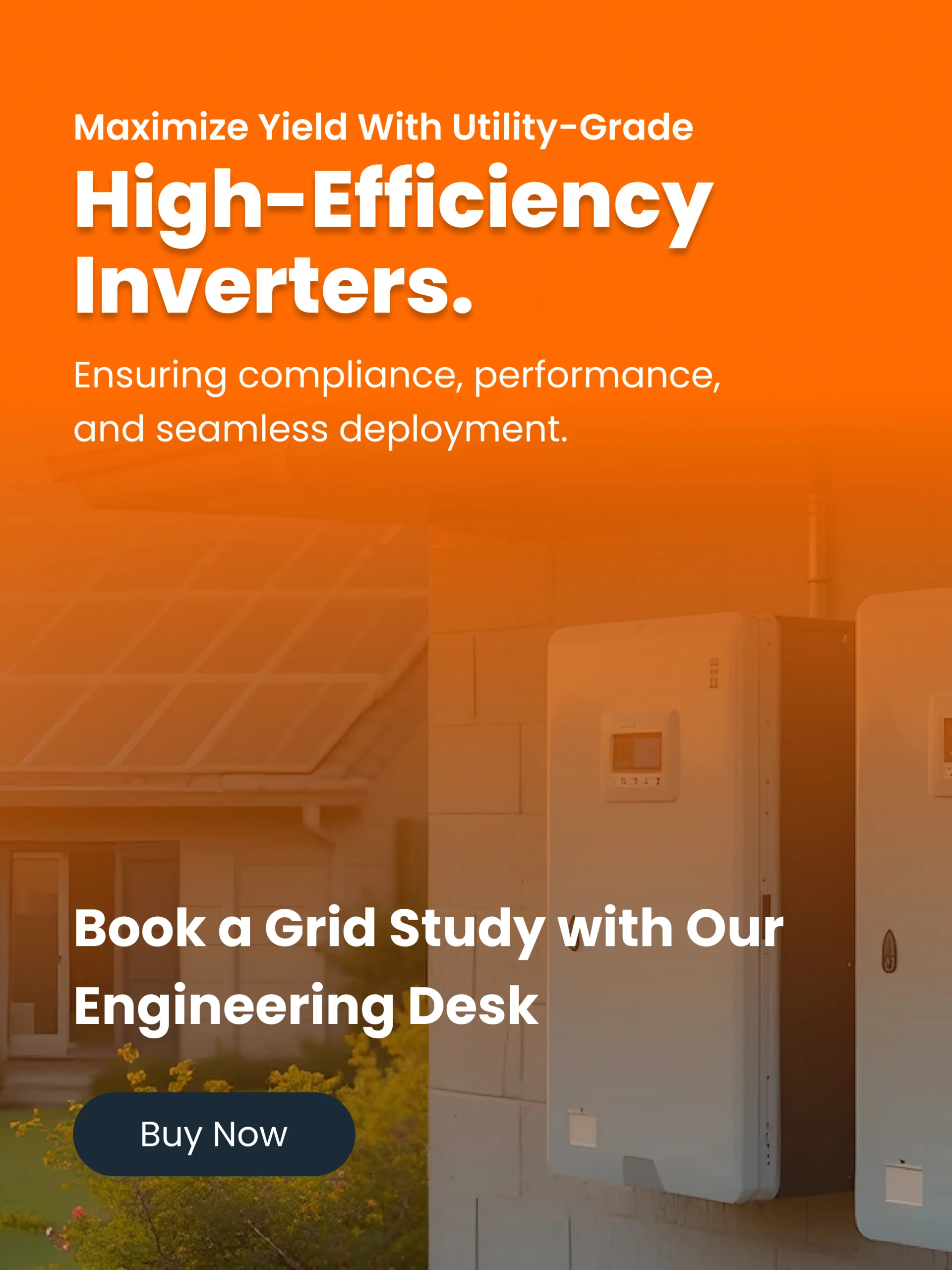Introduction
The U.S. solar industry is witnessing a surge of technology innovations aimed at improving operational efficiency and project performance. In September 2025, a spotlight was on artificial intelligence (AI) and automation tools unveiled at the RE+ conference, signaling a trend toward smarter, data-driven solar management. From AI-powered site management platforms to record-setting solar equipment, these developments promise to help solar businesses and project developers optimize assets and reduce costs.
AI Debuts in Solar Site Management at RE+ 2025
One of the most talked-about launches was Solargik’s “Sunnie” AI platform, introduced at the RE+ 2025 expo in Las Vegas. Sunnie is billed as the first AI assistant purpose-built for managing solar PV sites. Unlike conventional monitoring dashboards, this platform leverages large language models and real-time data streams from inverters, batteries, weather sensors, and more to deliver plain-language insights and even implement corrective actions.
In practice, an operator can ask Sunnie questions in simple English such as “Which inverter faults affected output most yesterday?” and receive instant portfolio-wide analysis. This represents a major step forward in turning the flood of solar farm data into actionable intelligence.
At its core, Sunnie is designed to bridge the gap between data and decision-making for solar operators. Solargik’s CEO, Gil Kroyzer, noted that with so much data now available, the real challenge is extracting actionable meaning. Sunnie addresses that by analyzing performance patterns, flagging underperformance causes, and suggesting fixes in real time. Essentially, it serves as a digital co-pilot for operations and maintenance teams, enabling them to anticipate issues and respond immediately.
Live demonstrations at RE+ showed how the AI could pinpoint a drop in output to a specific string issue and recommend an on-site check, tasks that traditionally took hours of manual analysis. For EPCs and asset managers, such AI-driven tools can drastically cut downtime and labor while improving project ROI.
Smarter Hardware and Record Efficiencies
Beyond AI software, hardware innovations are also pushing solar technology forward. Panel manufacturers continue to break efficiency records both in labs and commercial products. Recent tandem cell prototypes exceeded 26 percent efficiency, and researchers achieved a 24.6 percent record on flexible cells. Major manufacturers like Trina Solar and LONGi reported commercial module efficiencies above 25 percent, signaling steady improvements that benefit utility-scale and commercial projects.
Higher efficiency panels mean more power from the same array footprint, a clear win for developers facing land constraints or aiming to maximize output.
Automation in construction and O&M is also advancing rapidly. Robotic cleaning systems and drone-based thermography are now common on large solar farms, cutting maintenance costs. Solar tracker companies are adding AI into control systems to adapt to weather events by stowing panels at safe angles during high winds or hail. Combined with platforms like Sunnie, these advances form an ecosystem of automation that makes solar plants more resilient and cost-effective.
Technology Trends Impacting Solar Businesses
For EPCs and developers, these innovations are more than exciting new tools. They directly affect project performance and competitiveness. AI-driven monitoring like Sunnie can cut operational costs by streamlining analysis and boosting uptime. Early field results suggest proactive AI monitoring can raise annual energy yield by a few percentage points through quicker troubleshooting and fine-tuned performance. Over a 100 MW solar farm’s lifetime, that uptick translates into major revenue gains.
Likewise, new panel technologies and smarter trackers allow developers to promise better capacity factors and ROI to investors. Bifacial modules, ultra-efficient cells, and terrain-adaptive trackers enable more kilowatt-hours per dollar invested. Agrivoltaics is also moving mainstream in 2025, thanks to improved panel designs that allow light to filter through for crops. U.S. pilot projects show how combining farming with PV creates new revenue streams and optimizes land use.
From a B2B standpoint, suppliers and manufacturers offering these innovations are in high demand. Sunhub’s solar marketplace has seen rising interest in AI-ready monitoring systems and high-efficiency Tier 1 panels as EPCs look for advanced equipment to differentiate projects. Companies are increasingly incorporating keywords like “solar technology innovation 2025” and “AI solar operations” into planning and marketing strategies to stay competitive.
SEO Keywords for the Solar Tech Boom
Solar businesses searching for new technology trends often use terms such as “solar software AI,” “smart solar monitoring,” “solar panel efficiency 2025,” and “B2B solar technology.” The surge in AI applications in solar also drives searches like “solar AI assistants” and “automated solar O&M.” Optimizing content around these terms can help companies capture attention from developers and asset owners eager to adopt next-generation solutions.
Conclusion
September 2025 underscored that the future of solar is smart and connected. AI platforms like Solargik’s Sunnie are transforming how solar plants are managed, while advances in panels and automation hardware are driving down costs. For suppliers, developers, and O&M providers, adopting these innovations is key to staying competitive. The takeaway is clear: investing in digital and automated solutions today will help solar enterprises optimize performance and strengthen the renewable energy transition in the years ahead.




